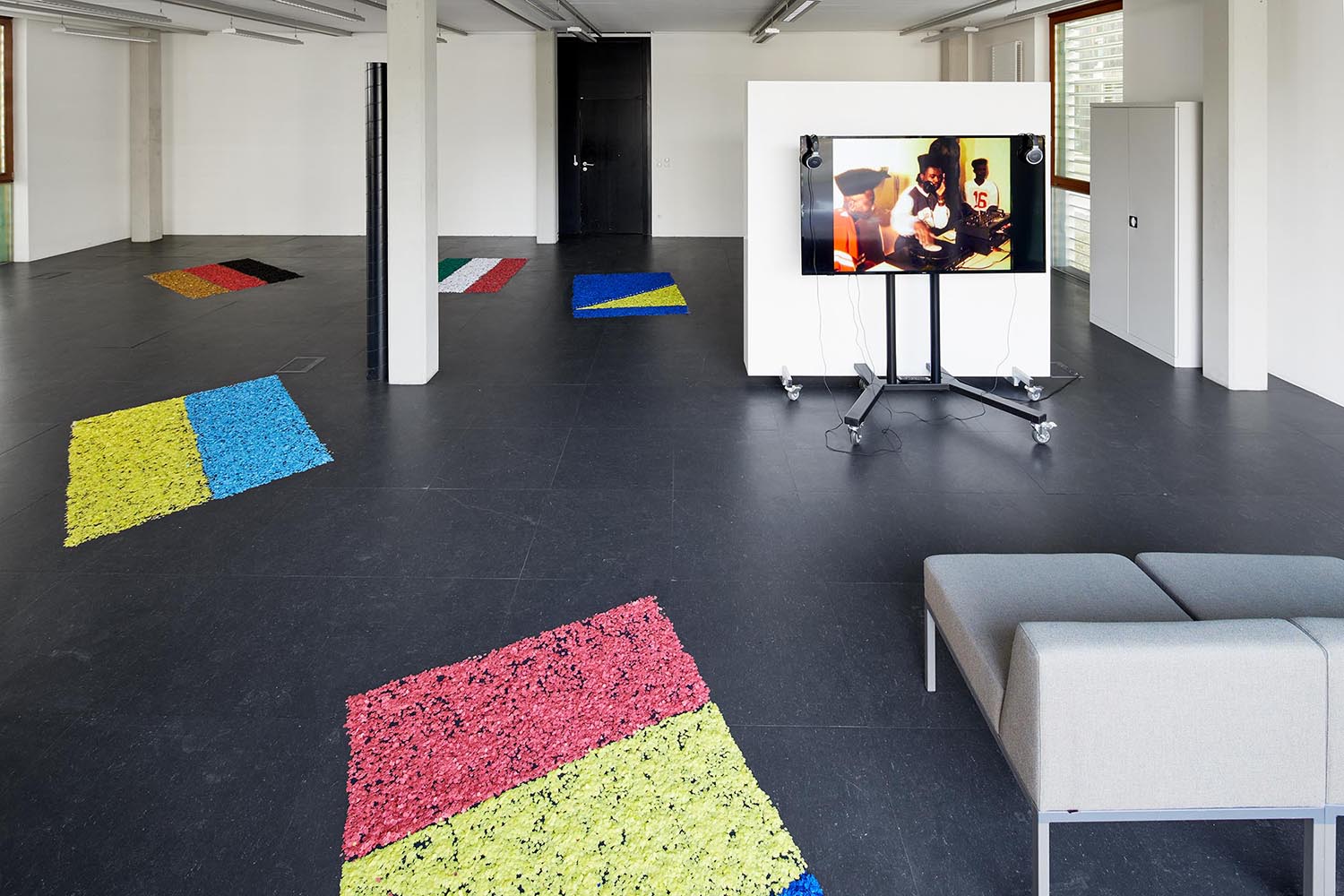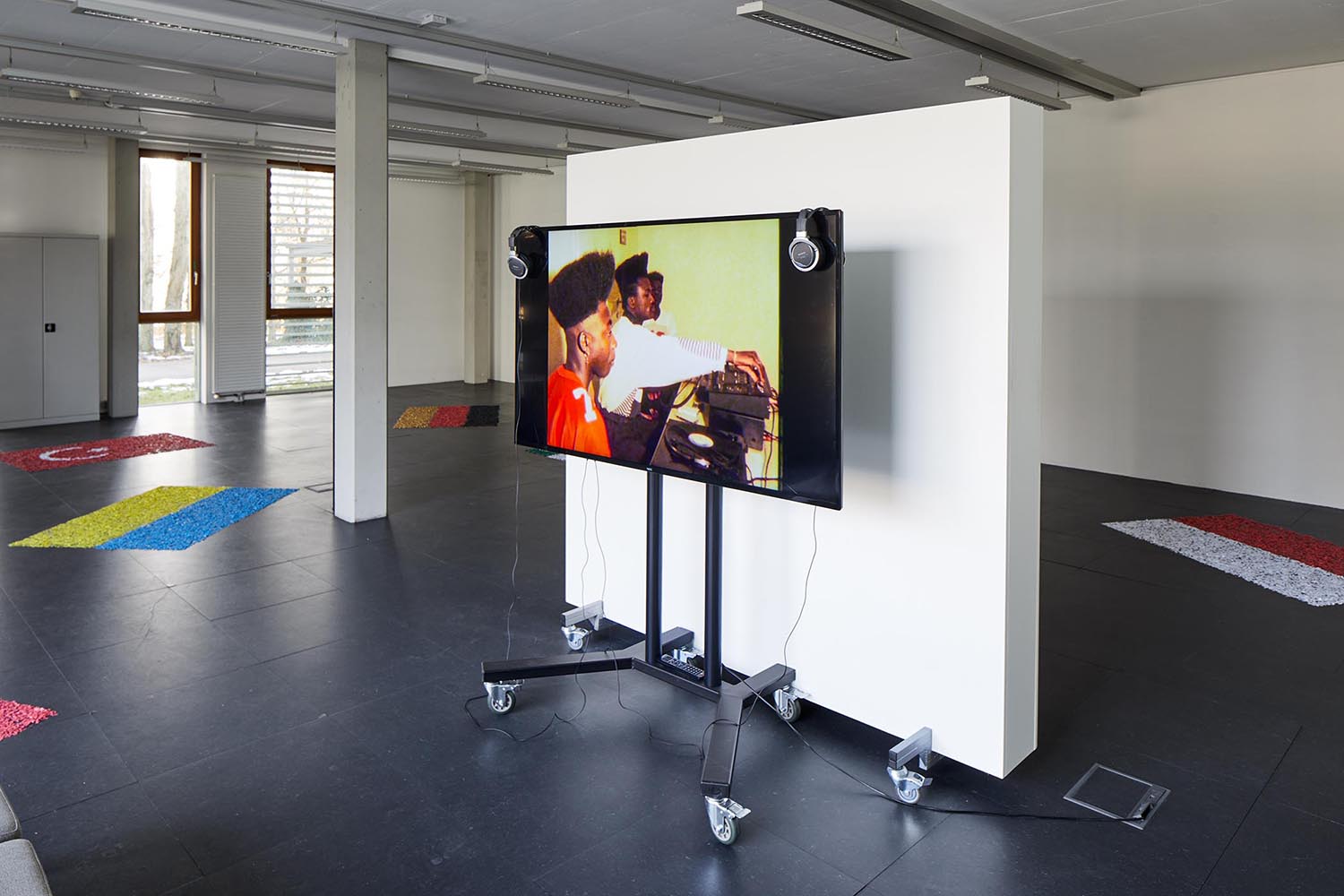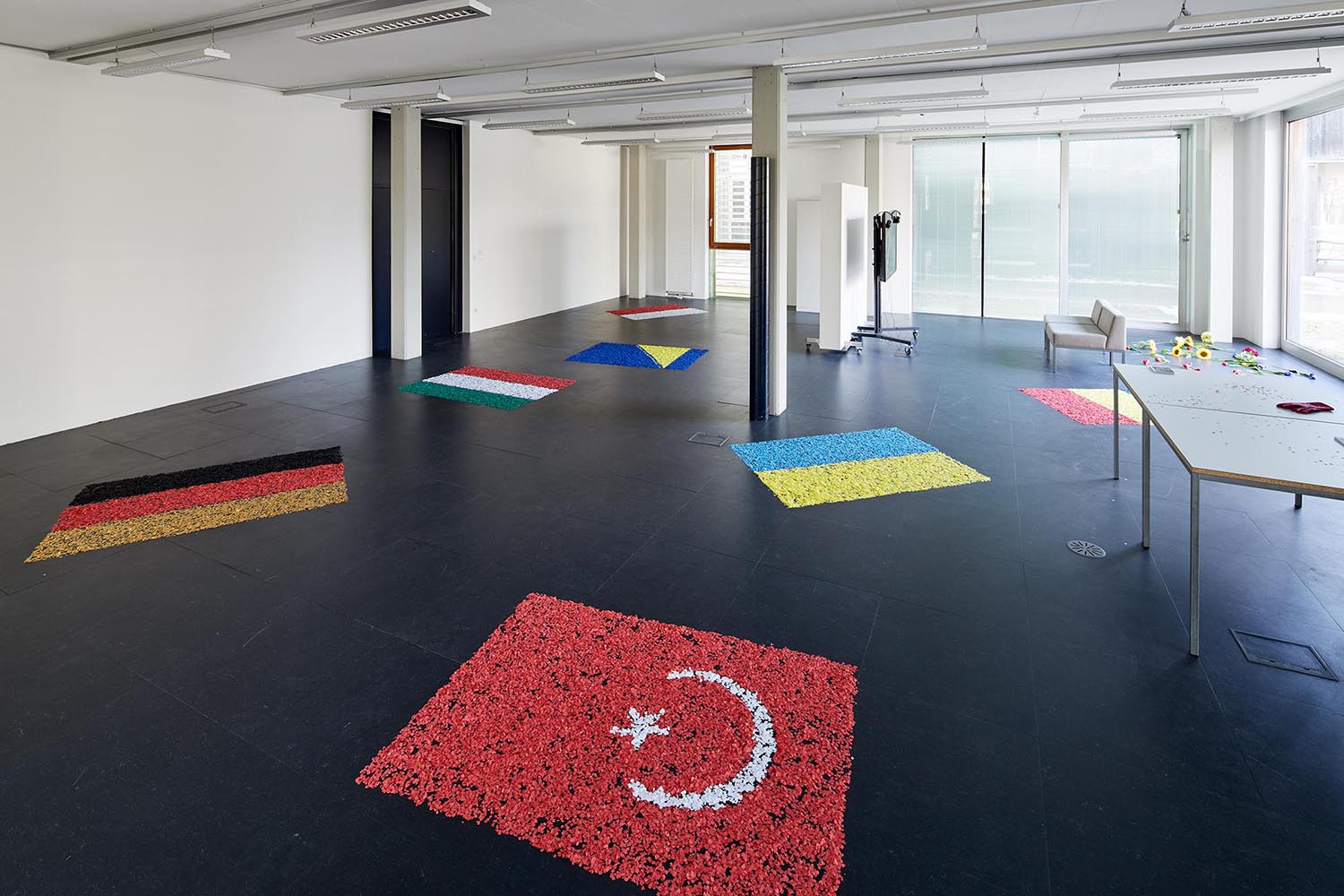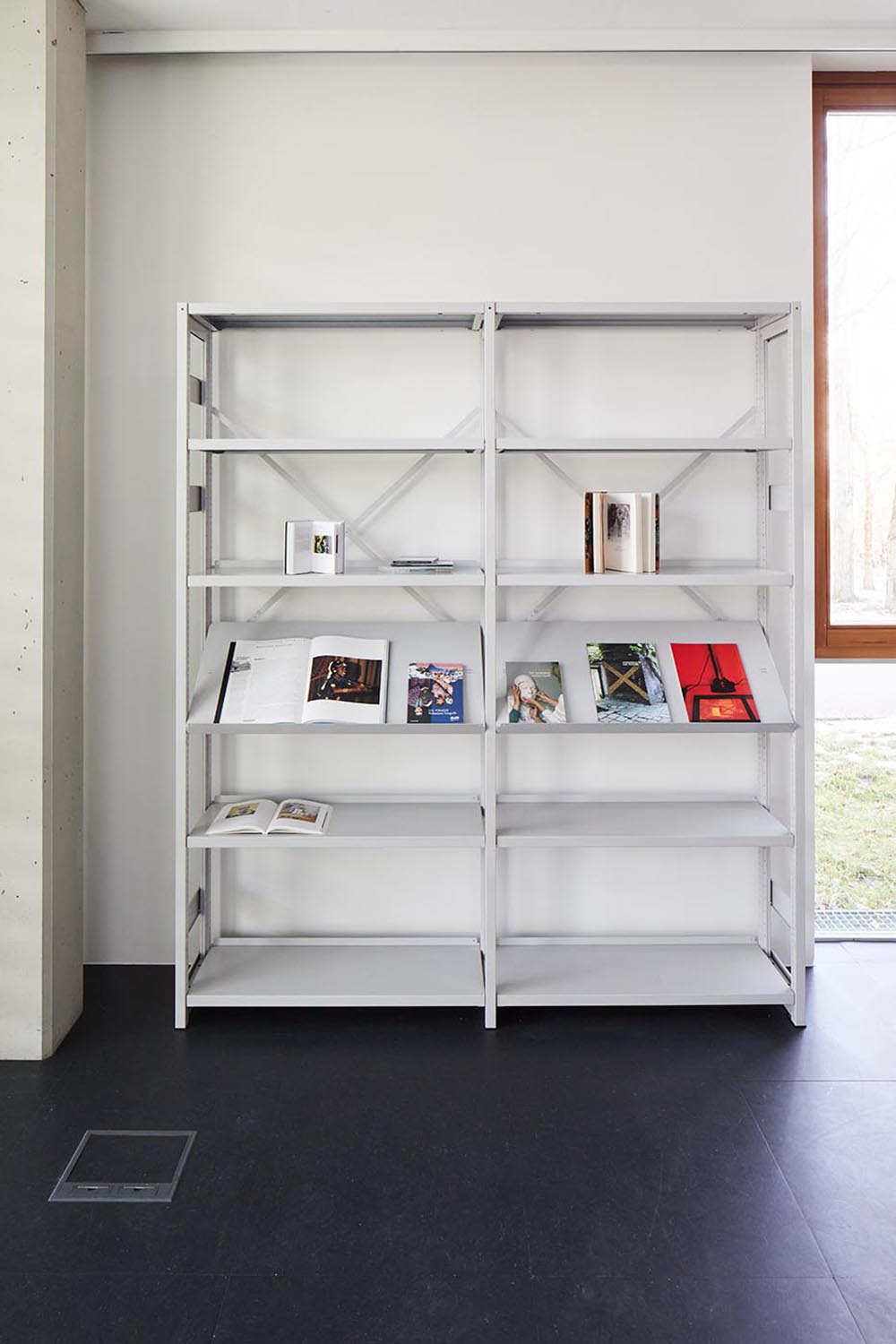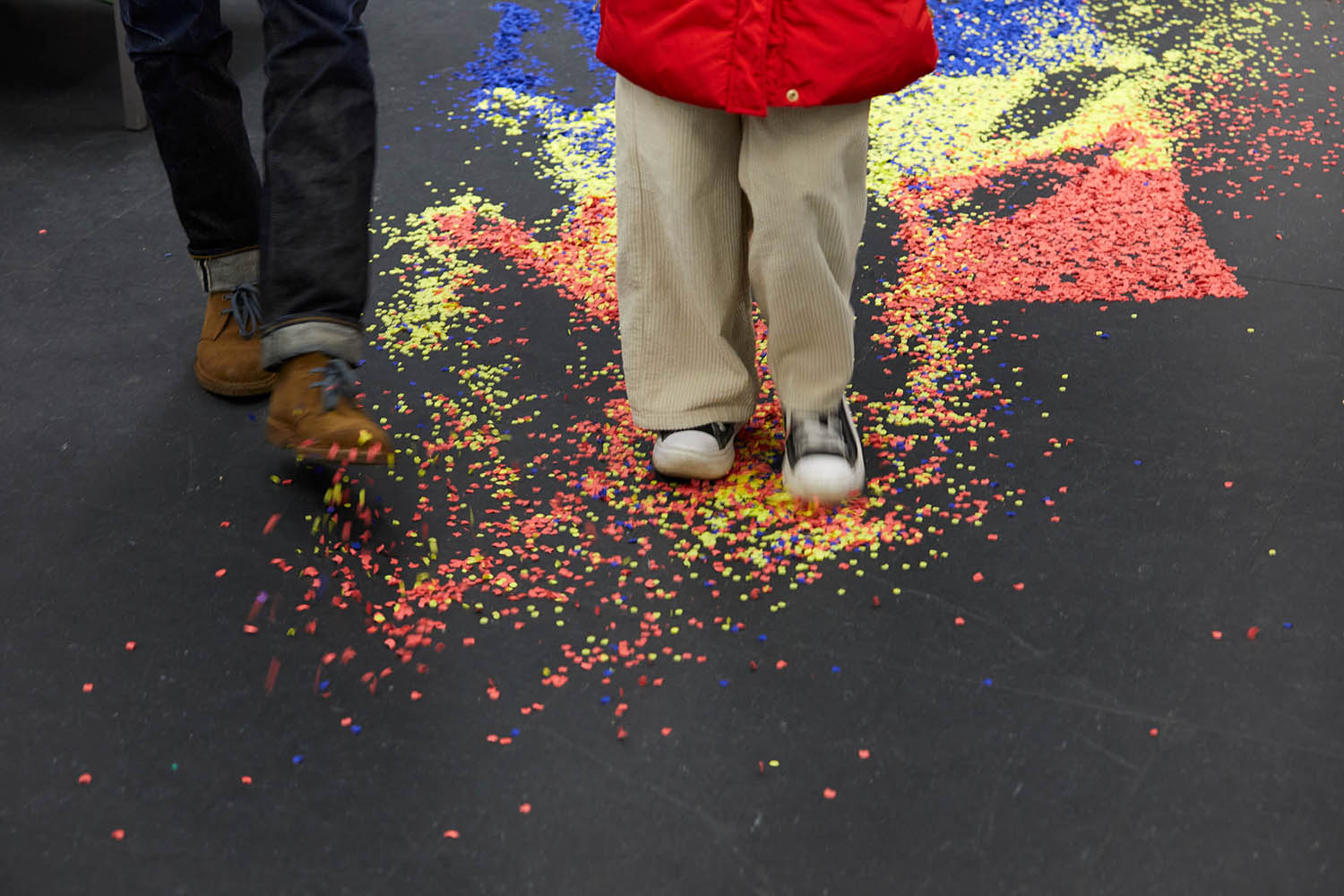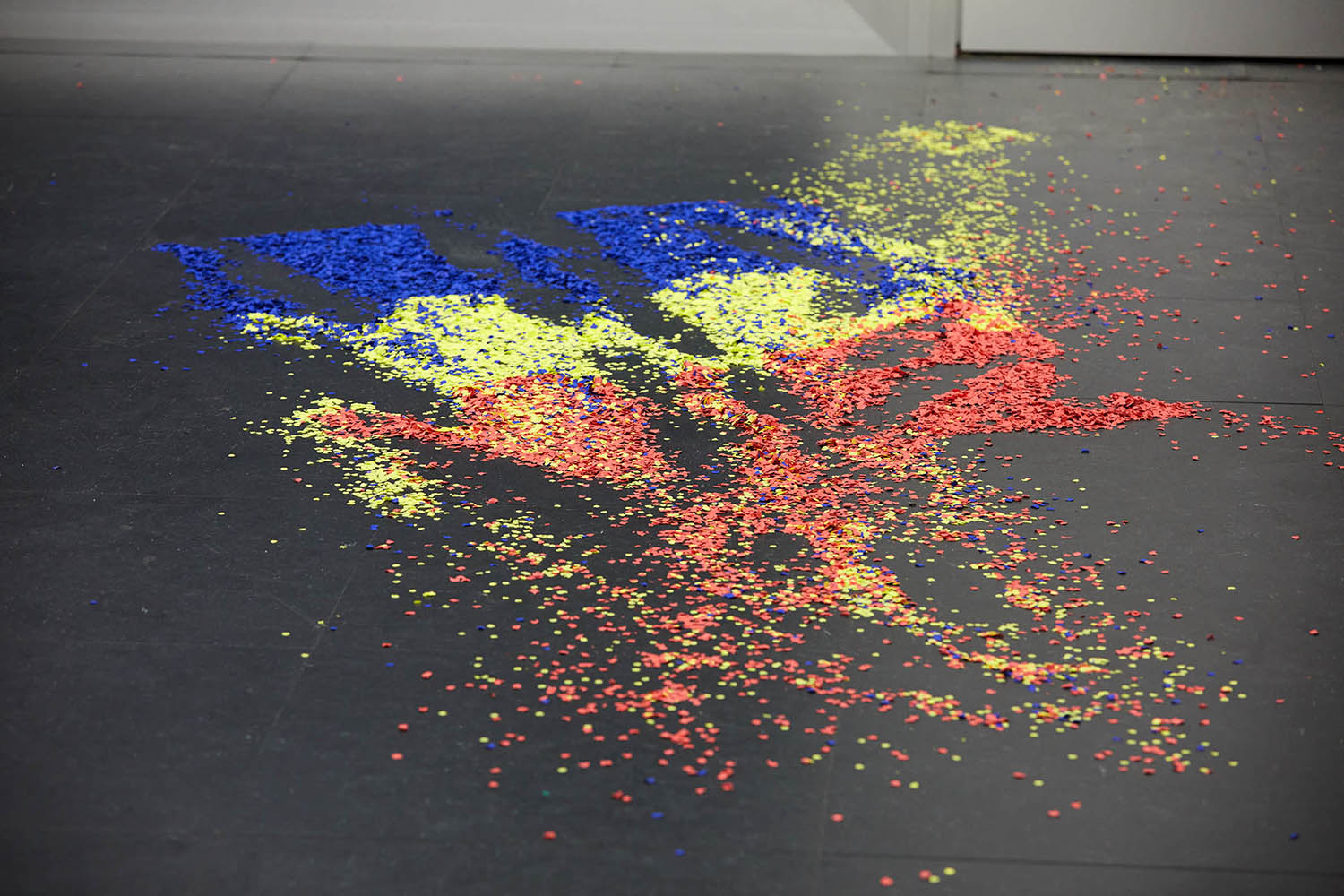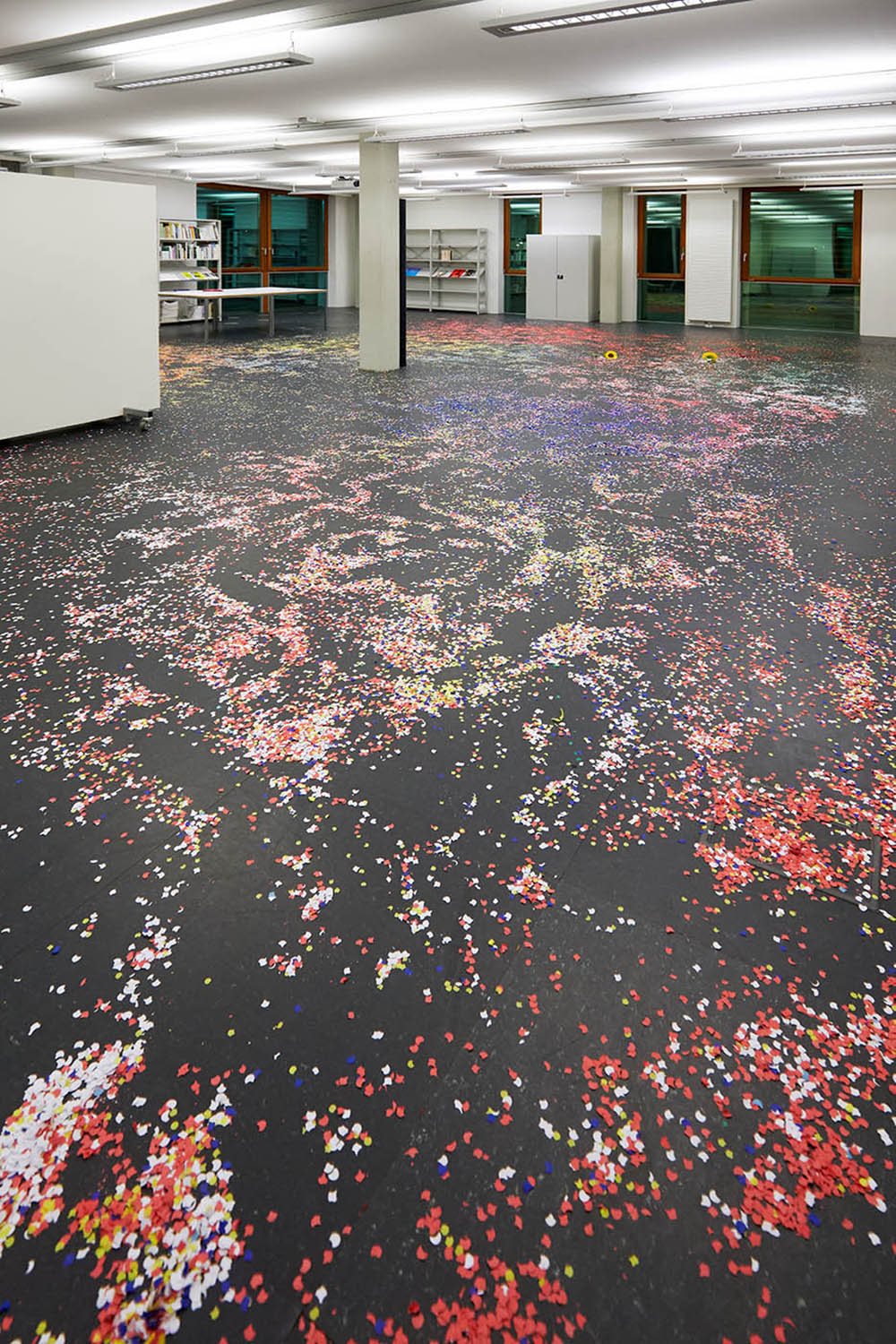Opening, February 6, 2024, 6 pm
Exhibition, February 7 – March 29, 2024
“Willkommen, bienvenue, welcome… happy to see you…” With a tinny voice that slips from harmony into the non-melodic, Hakan Gürses’s interpretation of Willkommen opens Lisl Ponger’s film Phantom Fremdes Wien (2004). With the popular hit from the musical and eponymous film Cabaret, the master of ceremonies greets the audience at the Berlin Kit Kat Club in the 1930s, while simultaneously addressing the film audience in the cinema. This narrative device not only captures the attention of the viewers but also weaves the story about an era of decadence, hedonism, and nascent National Socialism into their present-day reality. “Fremder, étranger, stranger…” the text continues, bringing into play different categories of “Others”, which political ideologies based on existential world views repeatedly warned against and the media just as frequently instrumentalized to effect changes in public opinion.
One of the points of departure of Lisl Ponger’s art praxis is the fact that our way of seeing is anchored in historical depth and that certain objects and images generate stereotypes that are reactivated time and time again. Over the decades, she has been engaged in her films, photographs, and exhibitions with the (re)presentation of the familiar and the foreign. As an artist, her interest lies in the construction of cultural identity at the intersection of art, everyday culture, and ethnology. In the 1990s when Austria was heavily influenced by the xenophobic rhetoric of the Freedom Party, she undertook a large-scale photographic project Fremdes Wien [Foreign Vienna], where she attempted to make images of migrants and their communities that countered the predominant stereotypical pictures present in mass media reports. The project entailed visiting over 70 communities and their social gatherings, which ranged from a solidarity event for Kurds in Kurhalle Oberlaa, the Buddhist Peace Pagoda on the banks of the Danube in Vienna’s second district, the Nachtshanghai (Shanghai Nights) Restaurant in the city’s Margareten district, a Ramadan breakfast in the Egyptian Club in the Vienna city center, a Nigerian harvest festival in the Heavenly Church of Christ to an Indonesian Christmas celebration. The list of countries (or regions) of origin and the religious and other traditions linked to particular cultural areas could easily be continued, both public and private celebrations.
About a decade later, at the beginning of the noughties, with a People’s Party-Freedom Party coalition of institutional xenophobia in office, Lisl Ponger subjected her own praxis to critical reflection in the form of the film Phantom Fremdes Wien [Phantom Foreign Vienna]. The sequences from Super-8 films, original soundtracks, and diary entries from the 1990s which the artist montaged into a filmic essay present “Others” not as something exceptional or exotic but, on the contrary, as matter-of-fact or even casual. Even when the moving images depict religious or other celebrations, the camera appears to be in the middle and part of on-going events. One of the short sequences at the beginning of Phantom Fremdes Wien shows the filmmaking process itself. In the second scene, a cameraman at one of the celebrations Ponger visited is seen setting up his apparatus on a tripod. He documents everything. A control monitor flickers, the cameraman glances off screen. Shortly thereafter, Lisl Ponger begins to speak. The artist’s neutral voice-over to all the scenes not only mentions the locations, groups, and communities we see, but talks of the modalities by which the film images are organized too. True to her experimental film past, Lisl Ponger is thereby opening up patterns in her own way of seeing, her Austrian-mediated gaze, always present during the trip through foreign Vienna. Ponger attempts to neutralize her own exoticizing gaze on the foreign and the other with this form of self-reflection. She names the events, places, and persons and the different geographies and chronologies by which the film images are ordered. The changes in forms of representation also become an issue. Artistic decisions are rendered transparent.
20 years and more after Phantom Fremdes Wien, Lisl Ponger once more welcomes visitors. This time, though, in ten different languages: “Willkommen, bun venit, добродошли, hoş geldin, dobrodošli, dobrodošao, isten hozott, أهلًا وسهلًا, mile widziany, прошу”. According to the data registered by Statistics Austria, the greatest numbers of immigrants to Austria come from Germany, Romania, Serbia, Turkey, Bosnia & Herzegovina, Croatia, Hungary, Syria, Poland, and Ukraine in that order. This correlates with the number of migrants per group in the year to which the data refers. The greetings are written in an endless ribbon of white letters across the window of the Kunstraum Lakeside, a kind of filmic leader. On entering, the film and an immersive floor installation can both be viewed. The artist has spread confetti and artificial flowers on the floor. The colored confetti is ordered according to the colors of the flags of the ten countries, gold and white stars included. The flowers represent the nations: cornflowers stand for Germany, peonies for Romania, lily-of-the-valley for Serbia, jasmine for Syria. The confetti and flowers are placed so that visitors have no choice but to walk through the installation. This results in dissolved borders: the borders between artwork and exhibition space, between snips of paper and flower petals, between one color and another. In the end, because moving the elements of the exhibition is unavoidable, visitors also deconstruct notions of nation states and national borders, those fundamental determining factors responsible for the fact that people from some countries are welcomed and others not.
Towards the end of Phantom Fremdes Wien Ponger asks: “So how should the film end?” and goes on to deliver the answer in accordance with the filmic images: “So … (waving children) … or rather thoughtfully (an old Bosnian couple) … or politically (people dancing in Palestinian keffiyehs (scarves) … or with sport (football scenes) … with work (a knife grinder) … or exotically (a man in dark glasses wearing a fez with a tassel) … or exotic voyeuristic (a woman belly dancing with a sequin-spangled bustier).” Dryly followed by the final credits. Bye, bye.
Lisl Ponger (b. 1947) lives and works in Vienna.
www.lislponger.com



